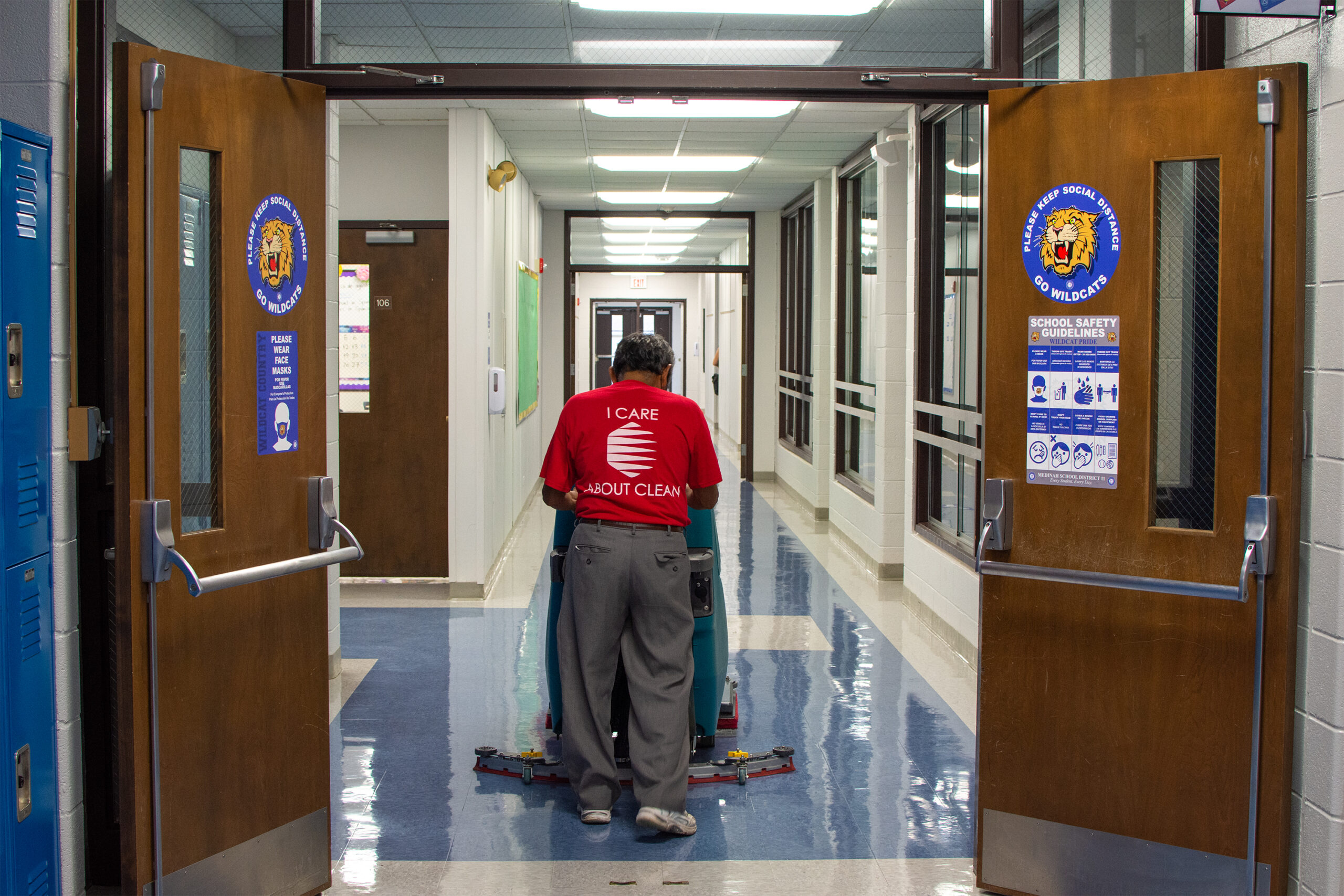As flowers begin to bloom, unfortunately, seasonal allergies also begin to appear. The reason why we see a surge in allergies during the springtime is due to plants beginning to release pollen into the air. While typically linked to outdoor settings, these allergens can easily find their way indoors through various means, such as open doors or even clinging to footwear. This influx of allergens and the usual accumulation of dirt in facilities raises significant health concerns if left unaddressed.
What are the common indoor allergens?
Seasonal allergies afflict over 100 million people and are commonly triggered by dust and mold. When your facility is not cleaned regularly, dust and mold can begin to accumulate. Dust mites thrive in warm, humid environments and are typically too small for the human eye to see, making them tricky to clean. Additionally, in the United States, approximately 21% of asthma cases are linked to mold. Unaddressed leaks or spills can lead to mold growth within your facility, further exacerbating allergy concerns.
Strategies for reducing indoor allergens.
It’s important to take a proactive approach to cleaning this spring season. Evaluate your existing cleaning procedures and protocols to identify areas for improvement to help ensure thorough cleaning. Here are several recommendations to help effectively address indoor allergens.
Implement a routine maintenance schedule.
Implementing a routine maintenance plan can help combat allergens within your facility by guaranteeing consistent cleanliness. This proactive approach within your facility also aids in the early detection of water leaks, thereby helping catch mold growth early while simultaneously keeping dust mites under control.
Consider adding robotic self-guided vacuums into your cleaning routine to help handle dirt removal. These vacuums can work autonomously for 3 hours, covering over 50,000 square feet per week. This will help free up time on your cleaning team’s schedule and allow for consistent cleaning within your facility.
Use sustainable cleaning products.
Traditional cleaning chemicals can carry volatile organic compounds (VOCs). VOCs are emitted into the air during cleaning and can irritate the eyes, ears, nose, throat and lungs. The presence of these particles negatively affects your indoor air quality (IAQ), creating issues for everyone, especially those with asthma and allergies. Opting for sustainable cleaning products can help improve your IAQ. Look for certifications from reputable third parties, like Green Seal®, to help ensure your cleaning products do not contain any VOCs.
Another reliable, sustainable option is to use electrochemically activated solutions (ECAS). These solutions do not have any harmful additives or VOCs since they were created using just salt, water and electricity.
Outsource additional help.
The spring allergy season brings additional cleaning needs with the uptick in allergens. Outsourcing additional help allows your cleaning team to not be overwhelmed with the increased cleaning needs this season. At GSF USA, we have a team of trained cleaning professionals ready to help your facility. They will help ensure every area of your facility is thoroughly cleaned with the correct chemicals and equipment.
Keep springtime allergens at bay.
By implementing a cleaning plan this spring, you can effectively combat indoor allergens. Consistent cleaning and the use of sustainable cleaning products not only help reduce allergens but also promote a healthier indoor environment, overall improving your facility’s IAQ.
At GSF USA we care about clean and the people behind clean. Contact us to learn how we can help support your facility’s cleaning needs.









